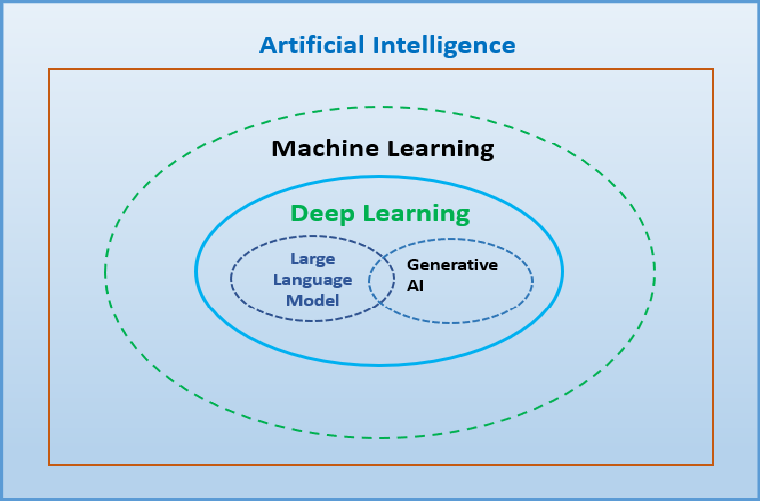Relational Database Management Systems (RDBMS) and NoSQL databases are two distinct types of database management systems, each with its own strengths and suited use cases. Here are the key differences between them: Structure and Data Model 1. Data Model: - RDBMS: Uses a structured, tabRead more
Relational Database Management Systems (RDBMS) and NoSQL databases are two distinct types of database management systems, each with its own strengths and suited use cases. Here are the key differences between them:
Structure and Data Model
1. Data Model:
– RDBMS: Uses a structured, tabular format with rows and columns. Data is organized into tables with predefined schemas and relationships between tables are established through foreign keys.
– NoSQL: Uses a flexible schema and can store data in various formats, such as document, key-value, column-family, or graph. This flexibility allows for more dynamic and hierarchical data storage.
2. Schema:
– RDBMS: Requires a fixed schema, meaning the structure of the data must be defined before data is added. Changes to the schema often require altering the database structure.
– NoSQL: Typically schema-less or has a flexible schema, allowing for easy modifications and accommodating varied data formats without predefined structure.
Scalability
3. Scalability:
– RDBMS: Primarily scales vertically (by adding more power to a single server). Horizontal scaling (distributing the load across multiple servers) is possible but more complex.
– NoSQL: Designed for horizontal scaling, making it easier to distribute data across multiple servers or nodes, enhancing performance and fault tolerance in distributed systems.
Transactions and Consistency
4. ACID Compliance:
– RDBMS: Adheres to ACID (Atomicity, Consistency, Isolation, Durability) properties, ensuring reliable transactions and data integrity.
– NoSQL: Many NoSQL databases favor BASE (Basically Available, Soft state, Eventually consistent) properties over strict ACID compliance, trading off some consistency for higher availability and scalability.
Use Cases and Flexibility
5. Use Cases:
– RDBMS: Ideal for applications requiring complex queries, transactions, and data integrity, such as financial systems, ERP, and CRM.
– NoSQL: Suited for applications with large volumes of unstructured or semi-structured data, real-time web applications, big data analytics, and scenarios requiring high flexibility and scalability, like social media platforms or IoT applications.
6. Query Language:
– RDBMS: Uses Structured Query Language (SQL) for defining and manipulating data, which is standardized and widely adopted.
– NoSQL: Often uses varied query languages or APIs specific to the database type, providing more flexibility but lacking a standardized query language.
Performance and Handling of Data
7. Performance:
– RDBMS: Can be slower with large volumes of unstructured data due to its strict schema and complex relationships.
– NoSQL: Generally faster for large-scale, distributed data due to its flexible schema and design optimized for performance at scale.
8. Handling of Relationships:
– RDBMS: Excels at managing complex relationships and join operations between tables.
– NoSQL: Manages relationships differently depending on the type (e.g., document databases may embed related data within documents, while graph databases handle relationships efficiently with nodes and edges).
In summary, RDBMSs are well-suited for structured data with complex relationships and require strong consistency and integrity. NoSQL databases, on the other hand, offer flexibility, scalability, and performance for unstructured or semi-structured data, making them ideal for large-scale, distributed applications.
You may refer this link to get more information:https://www.geeksforgeeks.org/difference-between-relational-database-and-nosql/
See less


Transfer learning is a smart way to make your machine learning model better, especially if you don’t have a lot of labeled data. Here’s how it works: Start with a Pre-trained Model: You take a model that has already been trained on a large, related dataset. This model has learned useful features thaRead more
Transfer learning is a smart way to make your machine learning model better, especially if you don’t have a lot of labeled data. Here’s how it works:
By using these methods, you can make your model perform well even if you don’t have a lot of data from the new domain.
See less